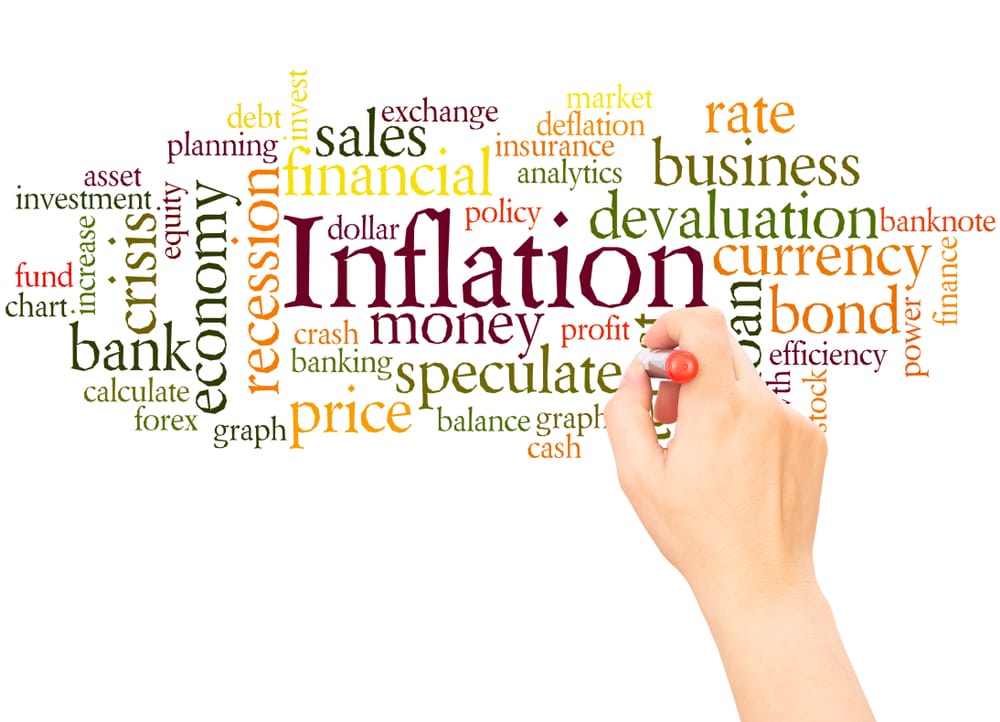US Fed rate cut depends on upcoming CPI inflation report

How the CPI Inflation Report Could Shape the Next Fed Rate Cut Decision
The Consumer Price Index (CPI) inflation report plays a vital role in shaping U.S. economic policy, particularly concerning the Federal Reserve's decisions. As the primary measure of inflation for urban consumers, understanding CPI figures can steer expectations about potential rate cuts. This report influences a host of financial metrics including interest rates, US inflation, and the overall health of financial markets. A keen focus is on the latest BMO analysis, which suggests a soft CPI reading could sway the Fed's stance toward a rate cut, an event closely monitored by financial stakeholders.
Understanding CPI Inflation and its Role in Economic Policy
When we talk about the CPI inflation report, we're referring to an economic indicator that reflects the average change over time in the prices paid by urban consumers for goods and services. This index is paramount to not only policymakers but also investors, as it provides a snapshot of purchasing power and cost of living adjustments.
- A better grasp of "CPI expectations" can illuminate possible shifts in monetary policy.
- It acts as a thermometer for the economy, influencing Federal Reserve actions directly.
- Financial markets respond to CPI fluctuations, adjusting economic forecasts globally.
The excellence of the CPI as a gauge means that any significant deviation from expected values—such as a softer-than-anticipated reading—can lead to speculation about Federal Reserve policy shifts, including rate cuts.
CPI and Federal Reserve Rate Cut Scenarios
Understanding potential scenarios surrounding a Fed rate cut involves multiple factors, including the latest CPI data. Current Federal Reserve policies, which have been navigating through complex economic terrains, heavily rely on these inflation indicators. Options oscillate between hiking or cutting rates based on evolving economic conditions, with each path carrying implications for monetary stability.
- A soft CPI reading from BMO suggests the potential for proactive rate cuts to stimulate economic activity.
- Potential interest rate changes could significantly impact financial markets, affecting investment dynamics.
- Economic analysis indicates that a strategic rate cut, in response to CPI movements, can stabilize market volatility.
These implications underscore the importance of analyzing the Fed's policy responses in the context of CPI reports and financial market expectations.

Unpacking the Federal Reserve's Decision-Making Process
The Federal Reserve's decision-making labyrinth is intricately linked to various inflation trends, with the CPI report serving as a crucial input. Economic policy considerations continually balance the duel of supporting growth and controlling inflation.
- The interplay between economic indicators like the CPI and Fed decisions is critical for maintaining economic equilibrium.
- Central bank decisions are influenced not only by current CPI figures but also by projections of future economic conditions.
- The Federal Reserve meticulously weighs rate hikes against cuts, guided by comprehensive economic assessments.
The nuanced analysis of these factors highlights the depth of the Federal Reserve's strategies and its adaptation to shifting economic realities.

Economic Forecasts and Implications for US Financial Policy
Economic forecasts and financial news play pivotal roles in framing perceptions surrounding US inflation data, which informs monetary policy decisions. Established economic trends and Consumer Price Index expectations often prelude significant policy adjustments, offering a window into potential shifts in the government's financial strategies.
- As anticipations build around the upcoming CPI report, broader implications for the US economy unfold.
- Significant changes in US financial policy may be driven by the Fed's deliberations, prioritizing economic stability.
- The strategic economic outlook is continually reassessed in the light of CPI data, guiding central bank priorities and actions.
This forward-looking perspective serves as a fundamental element in understanding broader market trends, especially as they relate to impending policy shifts.
Navigating the Future Through Current Economic Indicators
In an era where data dictates much of economic strategy, the implications of the CPI report extend far beyond numbers. As we align our focus on upcoming economic indicators, understanding their significance becomes paramount for navigating future financial landscapes. The anticipated CPI data could be pivotal, with potential consequences echoing through policy decisions and market behavior.
- Economic indicators such as "10 year treasury bond yield" and "interest rates" will be influenced by changes echoed in the CPI report.
- Real-time responses to such data are vital for adapting to swiftly changing economic conditions.
- Integrating insights from ongoing analysis with forthcoming CPI reports can prepare stakeholders for dynamic adjustments in financial markets.
The CPI, thus, functions as a lighthouse guiding both investors and policymakers through turbulent economic waters, ensuring informed decision-making processes.
Gearing for Economic Adjustments Ahead
Ultimately, as we dissect the significance of forthcoming CPI readings, the impacts on the Fed's rate cut decisions become evident. Monitoring the unfolding economic landscape, including adjustments in financial policy and market reactions, will likely remain a focal point for understanding the US economy as it adapts to new challenges. The intricate connection between inflation data, monetary policy, and future economic directions underscores the ongoing importance of vigilance in financial analysis and strategy.




